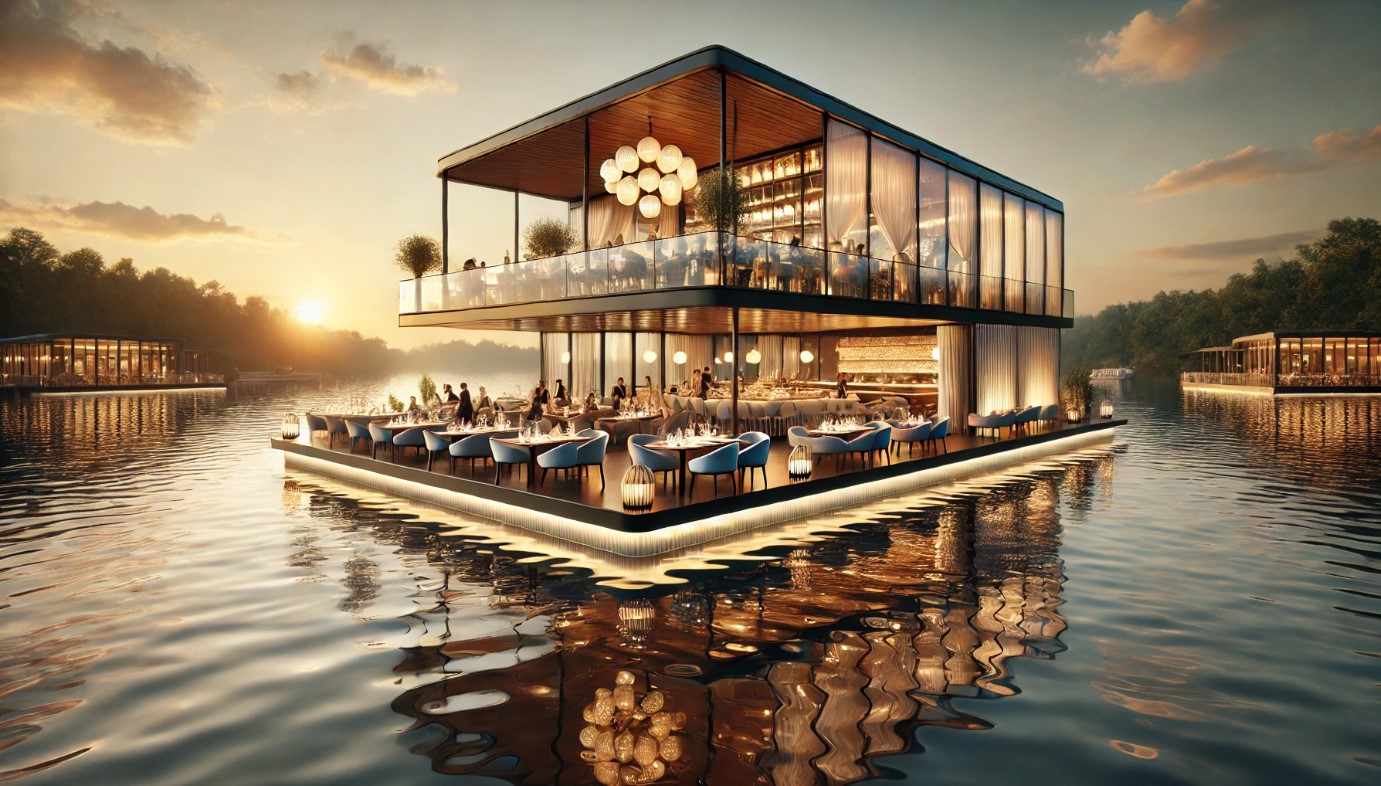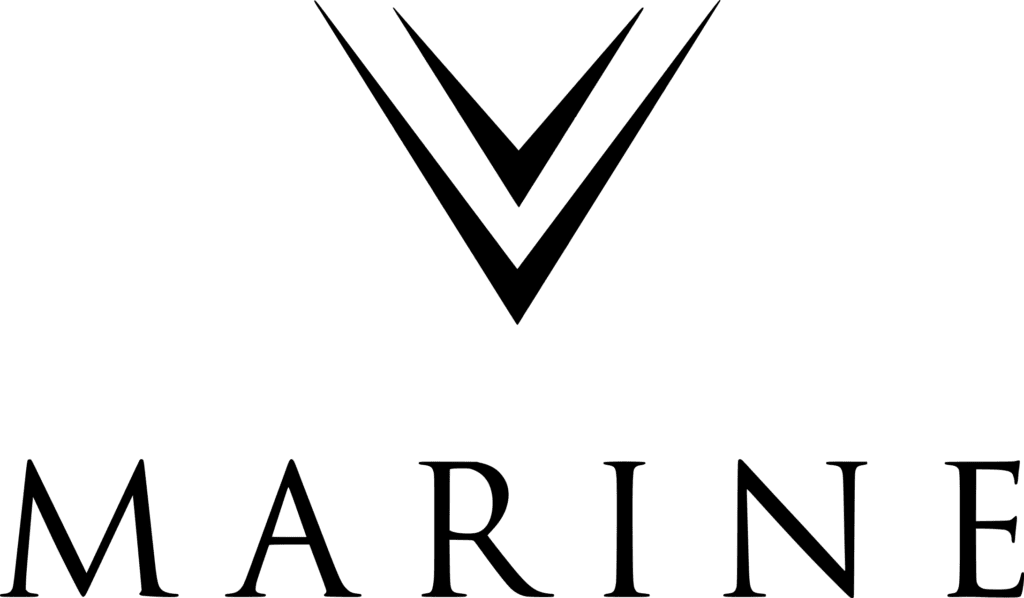The need for sustainable food production is becoming increasingly important as the world faces challenges like climate change, growing populations, and expanding urban areas. Traditional farming methods are under pressure, pushing us to look for new, innovative solutions. The Blue Revolution offers a promising path forward by focusing on water-based food production methods that could be key to future sustainability.
This will act as one of the supporting pillars for Aqua Urbanism and the successful integration of human habitats with water environments, represents a paradigm shift towards leveraging the oceans, lakes, and rivers for food production. This revolutionary approach also aims to address the food security needs of a burgeoning global population.
Techniques like cultivating seaweed and farming mussels are part of this new wave of agriculture, offering efficient and environmentally friendly ways to produce food. As we delve into these modern solutions, we’re inspired by the wisdom of ancient practices and driven by today’s technological advances, all in the hope of securing a sustainable food future for everyone.

The Blue Revolution – A New Wave in Sustainable Agriculture
The term “Blue Revolution” marks a transformative era in sustainable food production, focusing on the untapped potentials of our oceans. As traditional land-based agriculture grapples with challenges like excessive water use and habitat degradation, the Blue Revolution emerges as a symbol of innovation and environmental synergy. It propels us toward aquaculture, especially advanced mariculture in the open seas, presenting a method to grow a variety of seafood and marine vegetation with minimal ecological impact.

It embodies a future where ocean farming is central to global food security, seamlessly merging productivity with sustainability. Central to this movement is 3D ocean farming, a method that vertically cultivates seaweed, shellfish, and other marine organisms, offering substantial food production with reduced environmental repercussions. The environmental benefits for this technique are notable, from habitat restoration and water purification to significant carbon sequestration, painting a picture of a scalable and globally expandable solution.

However, the journey towards widespread acceptance of these innovative food sources—like seaweed and mussels—demands a shift in consumer perceptions and dietary preferences. Seaweed, with its rapid growth rates and minimal resource needs, transcends its role as just food. Its versatility spans biofuels, bioplastics, and fertilizers, emphasizing its pivotal role in carbon sequestration and oceanic health. Mussel farming excel in filtering water without the need for external feed, showcasing an environmentally sound and economically viable avenue for aquaculture expansion.

Yet, these sustainable farming practices face their hurdles, from the necessity of significant initial investments and technological advancements to navigating regulatory frameworks. As we get closer to tapping into all that the Blue Revolution has to offer, we need to get people and markets ready for seafood and seaweed products that might be new to them. This way, the revolution can do well both in the sea and on our dinner tables, marking a big step forward in how we think about feeding people and looking after our planet.

You can watch this video on youtube by Atlas Pro explaining about this concept:
https://www.youtube.com/watch?v=tBVXenVpfVM&t=1s
Fish Herding: The Future of Open Ocean Mariculture
The Velella Mariculture Research Project represents a monumental leap in the realm of sustainable aquaculture, thanks to its pioneering use of unanchored drifter pens, or ‘Aquapods,’ in the open waters off Hawaii’s Big Island. This innovative approach doesn’t seem to have a name, so let’s call it “Fish Herding,” embodies the next frontier in ocean farming, merging cutting-edge technology with a farming method that leaves virtually no environmental footprint.

Aquapods harnesses the natural currents and eddies, allowing the drifter pens to roam freely in the nutrient-rich open waters. This method not only minimizes the ecological impact but also mimics the natural habitat of the fish, promoting healthier and more robust growth. The drifter pens are designed to be in harmony with the ocean, ensuring that there is no adverse interaction with the delicate coral reefs or the ocean floor.

The potential of Fish Herding with Aquapods to revolutionize sustainable aquaculture is immense. By moving further offshore into the open ocean, where water circulation and ecosystem resilience are stronger, this method offers a scalable and environmentally friendly solution to meet the world’s growing seafood demands.

References:
Supplementing Technologies in Ocean Farming
In addition to the Blue Revolution some land based advanced farming methods can also be adopted on water surfaces like floating hydroponics, aquaponics, and aeroponics. These innovative systems will adapt to marine environments, offering new ways to grow food on water.
Hydroponics on Water
Hydroponics is leading the charge by enabling plants to grow without soil, directly in nutrient-rich water. This method uses floating platforms equipped with LED lights to support plant growth, offering a solution for producing food where land is limited.

Aquaponics: A Dual Approach
Aquaponics combines fish farming with hydroponics in a circular system where fish waste serves as a natural nutrient source for plants. In turn, the plants help clean the water for the fish. This method exemplifies efficiency by using space and resources wisely, reflecting the goals of the Blue Revolution.

Aeroponics: Misting for Growth
Aeroponics represents the forefront of technology, where plants receive nutrients through a fine mist, eliminating the need for soil or continuous water immersion. When applied to floating farms, this method ensures maximum water and nutrient use efficiency, showcasing advanced agricultural practices.

The Role of Vertical Farming
Vertical farming is also making strides by stacking crops vertically to save space and allow for year-round production. This approach reduces the need for pesticides, conserves water, and offers precise control over growing conditions, thanks to modern technology like climate control systems and LED lighting.

Overcoming Challenges
While these innovative farming methods hold great promise, similar to the Blue Revolution, they also face challenges such as the need for substantial investment, technological advancements, and navigating regulatory environments. Yet, the potential for floating farms to revolutionize food production is clear, especially when considering the sustainability and environmental benefits they offer.

For those interested in the intersection of human living spaces and water, previous article “Blueprint for Tomorrow: Aqua Urbanism Explained” provides insight into how we can integrate our lives more closely with aquatic environments, laying the groundwork for a future where our living spaces are in harmony with the water around us.
The History of Aquatic Agriculture: From Ancient Roots to the Blue Revolution
The tale of aquatic agriculture, a pivotal element of today’s forward-thinking ocean farming, begins with ancient civilizations. These early societies skillfully utilized what we now know as hydroponics, aquaponics, and aeroponics, long before these terms became part of our lexicon. Historic marvels like the Hanging Gardens of Babylon, the innovative floating gardens of the Aztecs on Lake Tenochtitlan, and the rich aquacultural practices in ancient China illustrate the initial steps towards hydroponic cultivation.

The chinampas, or “floating gardens,” of the Aztecs demonstrate early adoption of aquaponic systems, combining agriculture and aquaculture on rafts made of reeds on Lake Tenochtitlan. These ancient methodologies, honed and adapted through the ages, now inform the design of modern floating farms that is the method for sustainability and efficiency in food production.

The 20th century reignited interest in hydroponic research, driven by the necessity to feed populations in areas devoid of arable land and to supply fresh produce to troops in World War II using locally established hydroponic systems. This period of exploration set the stage for hydroponics’ role in space exploration, highlighting its value in sustaining life beyond Earth. The 1970s saw a broader embrace of hydroponics, beyond just scientific circles, attracting farmers and hobbyists alike to its numerous advantages such as increased yields, suitability for barren lands, and a reduction in pesticide dependency.

As we explore the evolution of aquatic agriculture in this series, previous articles such as “Blueprint for Tomorrow: Aqua Urbanism Explained” and “The Economic Tide: The Potential of Water-Based Societies” provide valuable insights into the integration of these ancient practices into contemporary sustainable urban and economic models. These historical perspectives not only enrich our understanding of aquatic agriculture’s potential but also highlight the continuity and innovation that define humanity’s relationship with water and agriculture.

(We’ll delve deeper into the history of water-based aquatic communities in a separate future article, so stay tuned!)
Other Farming we can do with floating infrastructures
As we delve into the vast possibilities of innovative ocean farming, it’s essential to explore the untapped potential of diverse agricultural practices such as floating mushroom farms and egg-producing poultry farms. These novel approaches not only complement the existing spectrum of floating hydroponics, aquaponics, and aeroponics but also promise to enhance food diversity and nutritional security for aquatic communities and beyond. By integrating these innovative farming methods, we can further solidify the foundation of the Blue Revolution, ensuring a sustainable and resilient food system that harnesses the full potential of our water bodies.

Conclusion
The innovations in ocean farming stand as a significant pillar in the progression of the Blue Revolution, achieving global food security and supporting aquatic living. These practices are not standalone solutions but integral parts of a larger vision of Aqua Urbanism and sustainable development that respects our planet’s boundaries. For a more comprehensive understanding of this future, we encourage readers to explore previous articles in this series, which paint a vivid picture of living in harmony with water. As we navigate towards sustainable futures, it’s crucial that aquaculture takes its rightful place in these conversations. The journey towards the Blue Revolution is a collective one, requiring the acknowledgment and investment from both governments and individuals in offshore agriculture’s potential. Our commitment to adopting sustainable food production methods will ultimately dictate the success of this blue frontier.

If you are interested in knowing more about the futuristic concept of water based living, then I’m sure you will like our previous articles:
Blueprint for Tomorrow: Aqua Urbanism Explained
The Economic Tide: The Potential of Water-Based Societies
Envisioning Society, Culture, and Lifestyle in Tomorrow’s Water-Based Communities



